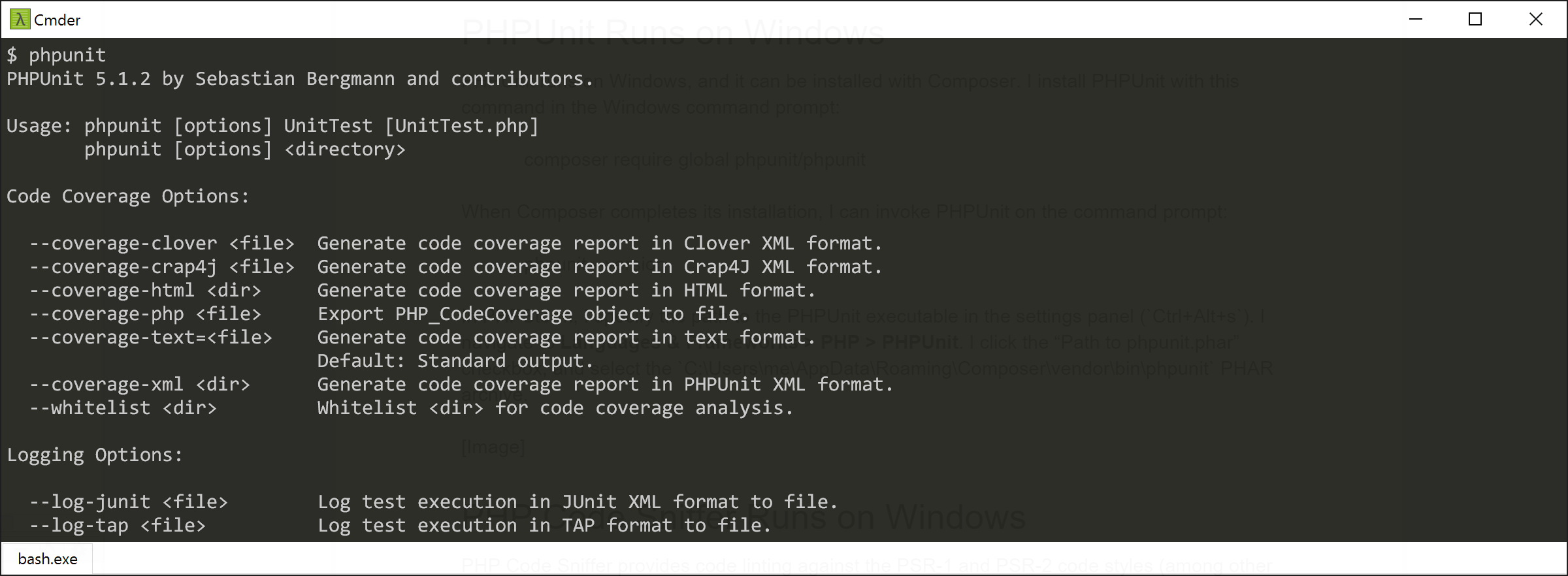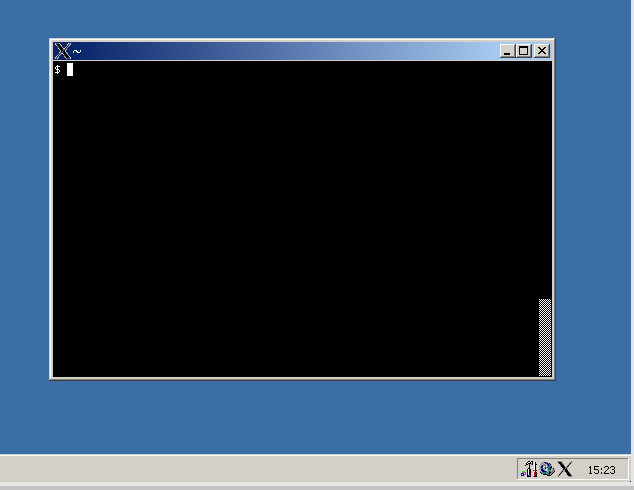

# Do something under 32 bits Windows NT platform

Use expr and substr to deal with the string.Use uname to get the system information ( -s parameter).
Cygwin for mac mac os x#
Mac OS X 10.6.8 (Snow Leopard) do not have expr program unless you install it, so I just use uname.In your bash script, use #!/usr/bin/env bash instead of #!/bin/sh to prevent the problem caused by /bin/sh linked to different default shell in different platforms, or there will be error like unexpected operator, that's what happened on my computer (Ubuntu 64 bits 12.04).Here is the bash script I used to detect three different OS type (GNU/Linux, Mac OS X, Windows NT) Pay attention If you are doing that, it's your responsibility to ensure the correct executables (i.e., the CygWin ones) are being called, possibly by modifying the path beforehand or fully specifying the executable locations (e.g., /c/cygwin/bin/uname).

As one commenter notes, you can run the bash program, passing the script, from cmd itself and this may result in the paths not being set up as needed. Note that I'm assuming here that you're actually running within CygWin (the bash shell of it) so paths should already be correctly set up. So the bash code to do such a check would be along the lines of: unameOut="$(uname -s)" But you may have to experiment with all sorts of different versions. Usually, uname with its various options will tell you what environment you're running in: pax> uname -aĬYGWIN_NT-5.1 IBM-元F3936 1.5.25(0.156/4/2) 19:34 i686 CygwinĪnd, according to the very helpful schot (in the comments), uname -s gives Darwin for OSX and Linux for Linux, while my Cygwin gives CYGWIN_NT-5.1.


 0 kommentar(er)
0 kommentar(er)
